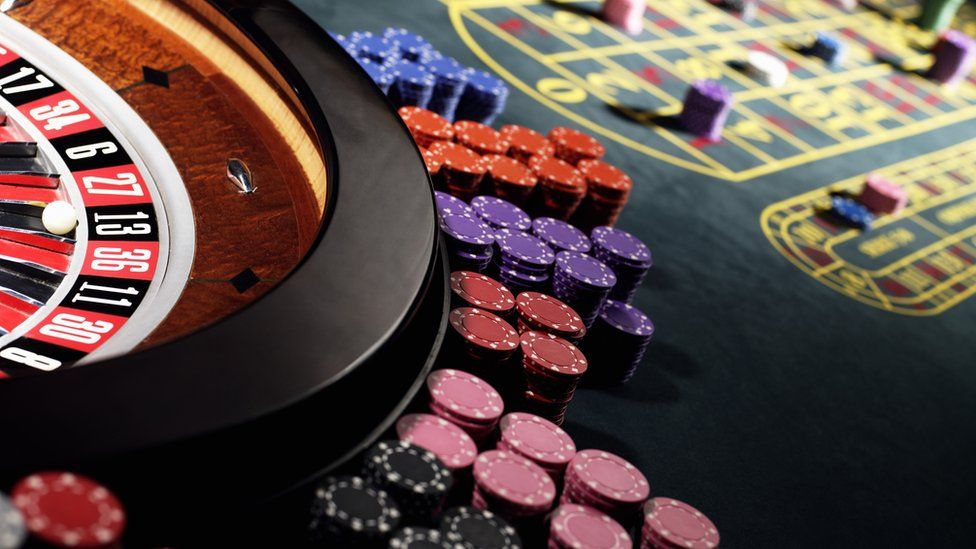
Casino experiences have long captivated the human imagination, drawing gamblers into a world filled with chance, strategy, and the allure of thrill. Each game is carefully crafted not just for entertainment, but also to inspire particular emotional responses that keep participants involved and interested. Understanding the drives behind these designs reveals much about how behavioral psychology plays a vital role in the gaming experience.
From the vivid lights and vibrant sounds to the sophisticated layering of rules and incentives, casino games are designed to create an atmosphere of excitement and eagerness. Game designers leverage mental cues to influence gambler behavior, whether through the use of winning opportunities, almost wins, or social connections. By examining these elements, we can better appreciate how casino games fulfill not just a need for entertainment, but underlying psychological needs for excitement and uncertainty.
Comprehending Gamer Behavior
Casino games are crafted with a deep grasp of gamer psychology, which is vital for attracting and keeping players. The rush of the game, coupled with the expectation of winning, produces a strong allure. Liên hệ Vua88 Game designers make use of elements like sound effects, vibrant graphics, and engaging gameplay to seize attention and generate emotional responses. These sensory elements enhance the overall experience, making players feel more attached in the game.
Another notable aspect of player behavior is the idea of risk/reward dynamics. Casino games often manage high-risk scenarios with the potential for considerable rewards, which can lead to the occurrence known as near-miss phenomenon. When players come close to winning, the brain secretes dopamine, strengthening their behavior and prompting them to persist playing in quest of that fleeting win. Vua88 This cycle of wish and disappointment plays a key role in how games are constructed and promoted.
Lastly, social elements also play a critical role in player behavior at casinos. Many games are made to be played in pairs or in company with other players, creating a sense of togetherness and communal experience. The interaction inherent in games like baccarat enhances enjoyment and can culminate in longer play sessions. Designers capitalize on this by creating environments that invite players to stay, interact, and return, making the overall casino experience more inviting.
The Role of Imagery and Sound
Imagery and audio play a significant role in enhancing the player’s experience within gambling games. Designers utilize bold colors, eye-catching graphics, and captivating animations to capture players’ attention and maintain their focus. The use of motifs, such as adventure or luxury, helps create an engaging atmosphere that transports players into another world. By appealing to the senses, these elements add to a intensified emotional response, prompting players to engage more profoundly with the games.
Audio design is equally important in enhancing the overall experience of gambling games. The combination of background music, sound effects for successful combinations, and ambient noises creates an sound landscape that holds players enthralled. Sounds associated with wins, such as chiming bells or festive music, evoke feelings of thrill and reward, prompting players to continue playing. These audio cues are strategically placed to amplify the thrill of the game and create a more immersive experience.
Moreover, the synchronization of imagery and sound is essential for supporting the game’s overall theme and mood. Each element should coordinate harmoniously to create a unified experience that pulls players in. The effective use of this synergy not only enhances user satisfaction but also increases the likelihood of return play, as players become more engaged in the captivating world that the casino games offer. This thoughtful integration of imagery and audio ultimately enhances player engagement and loyalty.
Reward Systems and Engagement
The creation of gambling experiences significantly relies on incentive structures to keep participants involved and returning for additional experiences. These systems are rooted in psychological theories that take advantage of human behavior and desire. Players are often motivated by the excitement of success, which is supported by instant feedback through the game’s mechanics. This prompt satisfaction not just enhances the gaming experience but also cultivates a feeling of achievement, encouraging participants to keep playing in hopes of bigger gains.
Gaming establishments adopt various incentive systems, such as jackpots, bonuses, and increased rewards, to captivate participants. These elements create a layer of thrill that sustains engagement. Additionally, the randomness of outcomes plays a crucial role in sustaining interest. The intermittent reinforcement schedule, where successes are unpredictable but happen often enough, keeps players on edge and motivated to keep playing. This cycle of hope and expectation is essential to the success of gambling experiences.
Moreover, community aspects, such as competitive events and multiplayer features, boost the engagement factor by tapping into the competitive nature of players. The communal aspect of gaming with fellow participants can intensify the thrill of winning and create a community atmosphere within the gaming space. By combining these social dynamics with effective incentive structures, gambling experiences not only provide fun but also foster a deeper connection among players, reinforcing their loyalty to the gaming experience.
